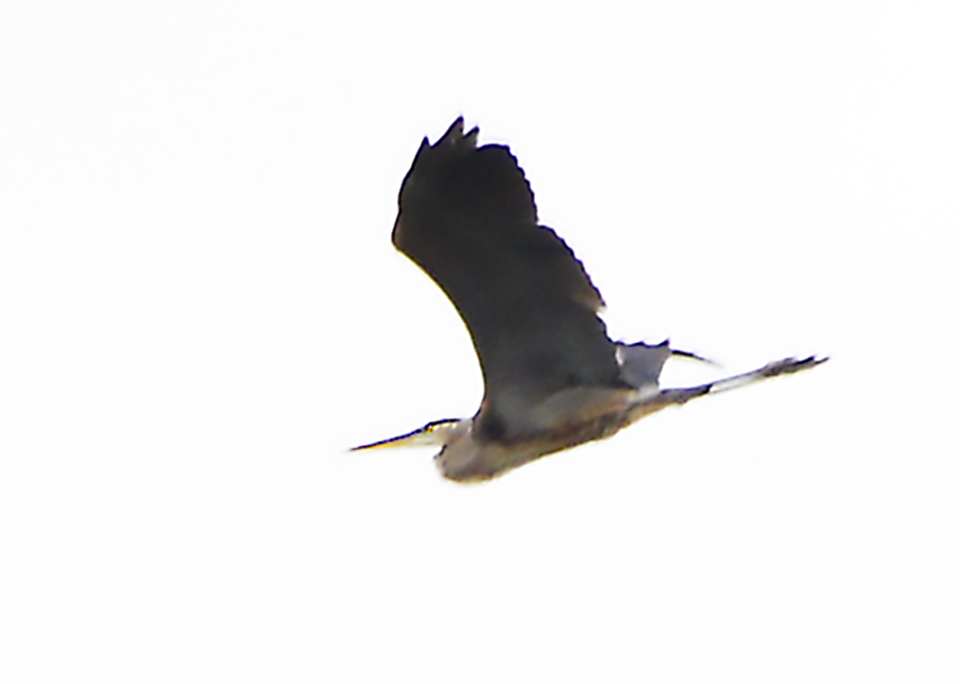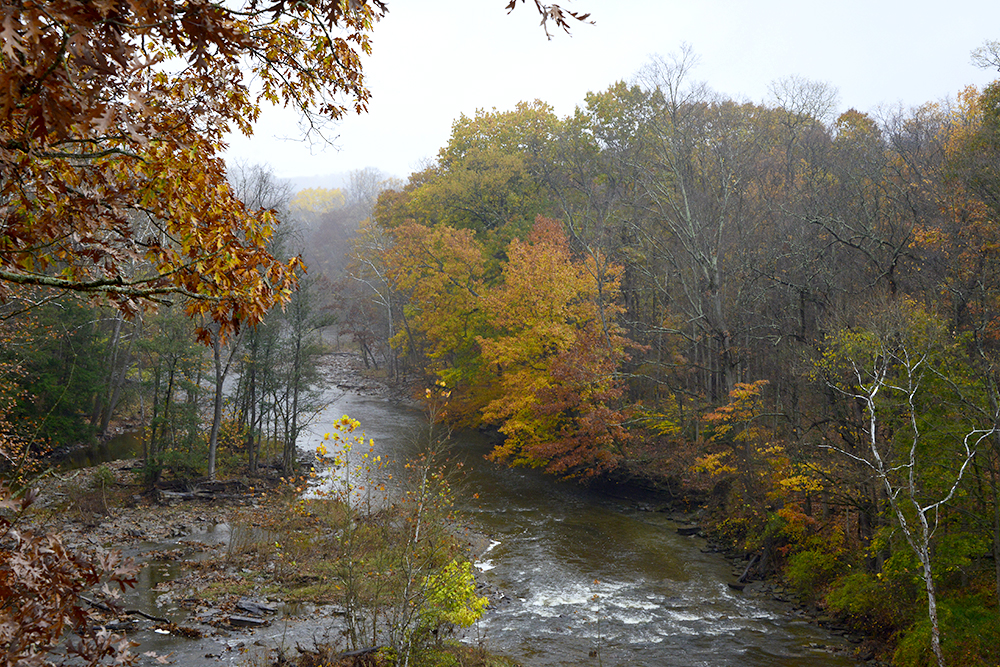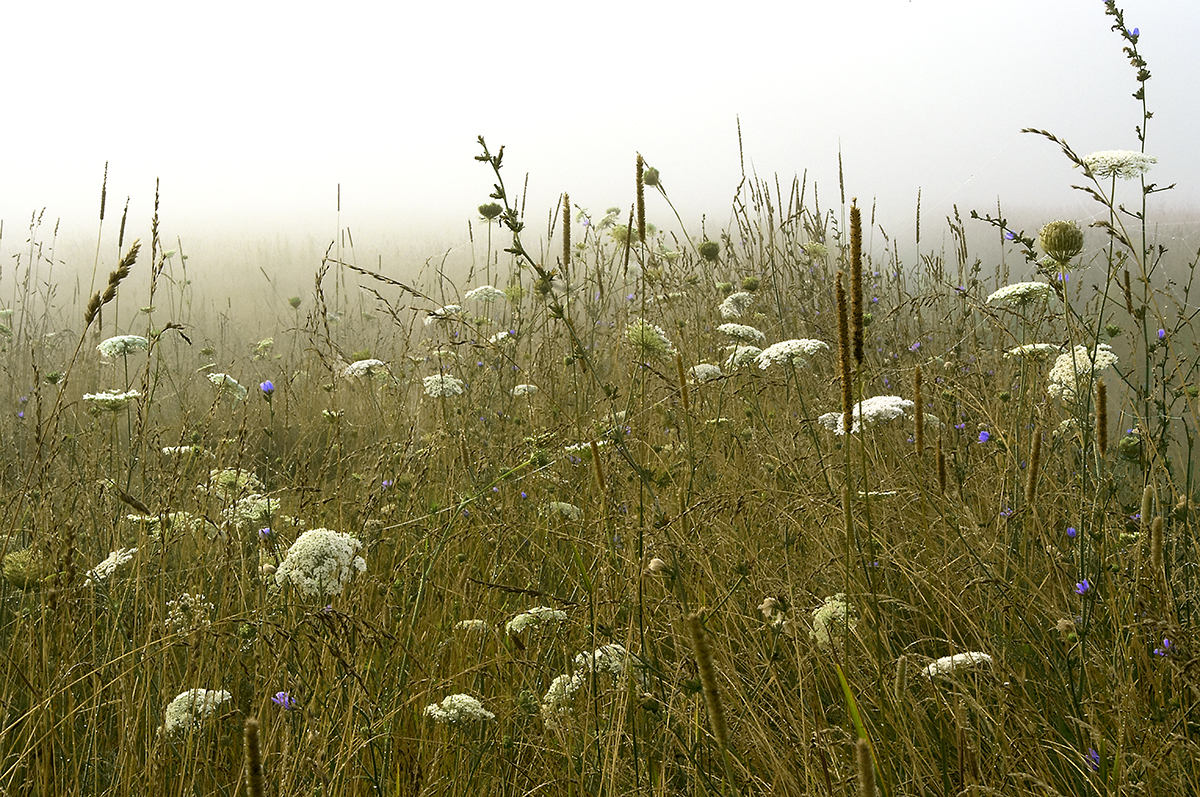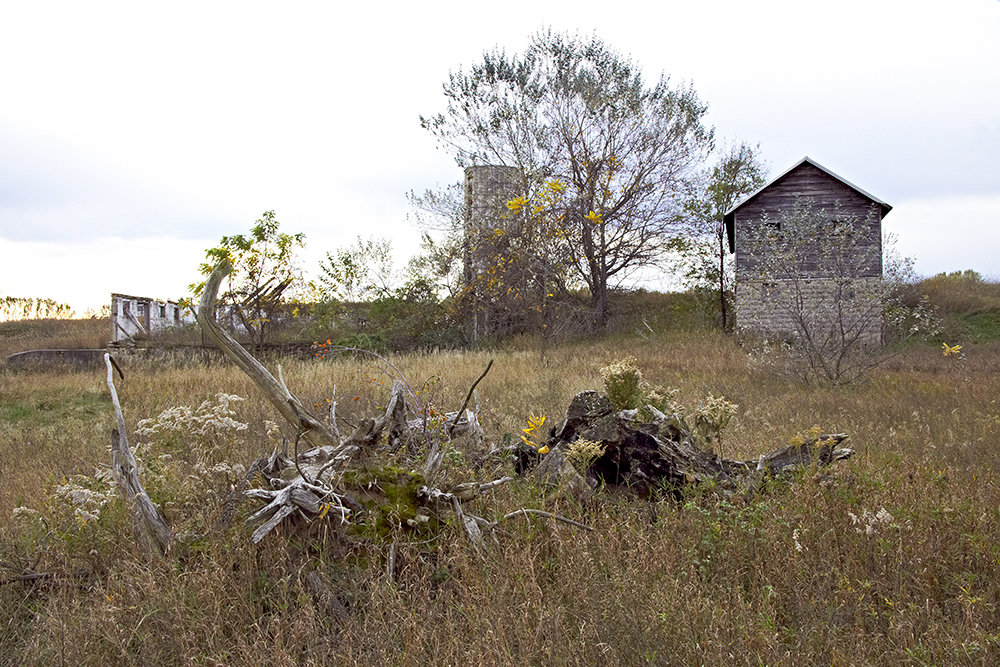
Heron, End of Summer
“Creative Musing as Process”
My inquiry into this topic began over 50 years ago as photography and art expanded to fill creative voids in my business career. A recent backyard discussion with a poet friend regarding his approach to writing has reinvigorated my own curiosity vis a vis photography, especially as it relates to “process” and its relevance in producing a finished work of art. To that end a central question remains as to the role creative musing plays in the overall process of art generally and photography specifically.
Musing has been defined broadly as an act of reflection and contemplation, creative musing as a process from which inspiration and originality derive. For millennia, artists have engaged in creative musing as a critical step in the process of making art, and while not their exclusive domaine, artists do appear to spend a disproportionate share of their time musing as compared to those in other fields and disciplines, possibly because they simply have more latitude to do so or perhaps because it is so integral to creativity. If reflection and finding inspiration are critical process components then how they manifest in a finished work of art is a question for every artist, indeed for us all. Parenthetically it might be added that reflection and inspiration more often than not, are unplanned, extemporized moments when something (e.g. a sound, a smell, a symbol, a story, a work of art, etc., etc.) triggers further contemplation and convergence of past experience that may lead in turn to the creation of something new and original.
John Dewey, the brilliant pragmatist, psychologist and philosopher of the early 20th century is well known for his cardinal work, “Art as Experience”, assembled from the “William James Lecture Series” he presented at Harvard, 1932. Dewey distinguished the physical manifestation of a finished work of art, the “expressive object”, from the artist’s holistic “process” of creation. Not his intent to relegate the “expressive object” to a second tier of importance, Dewey desired instead to focus on the inenarrable qualities of the creative process and its invocation and application of experience to understand how the finished work derived.
That a photographer or painter may use certain hard tools in his/her craft to create a unique or compelling image or painting was of little consequence without considering the contribution of “experience” to the finished work. What fascinated Dewey were the softer, qualitative skills and the process through which they were invoked and applied to yield a piece of art. Recognizing there are certain threshold levels (“must-haves”) of technology required to produce a work, an argument can be made for subordinating the relevance of technology per se during the early stage (i.e. creative musing) of the process. An iPhone, for instance, may serve as a vehicle for expression, producing remarkable images in the hands of a creative photographer. The photograph benefits from precisely the same process of reflection and imagination, limited as it may be by technological constraints (e.g. lacking the ability to produce 7′ prints). In the end, however, these limits of technology are arbitrary and generally eclipsed by breakthroughs over time having little impact on the greater aesthetic. Ultimately success relies on the artist’s ability to translate creative musings, abstract thinking and the totality of his/her experience into original works.
For many photographers, recording a scene realistically (“as it exists”) or freezing a moment in time, have become the paramount virtue of photography, coming at the expense of creative musing and “process”. For instance, Henri Cartier Bresson’s “decisive moment” may have unwittingly helped spawn photographers who revere extemporaneity over process, firm in their belief that Bresson’s street images were wholly spontaneous, the product of a gifted photographer who pressed the shutter on his Leica instinctively – at the decisive moment. That perspective, however, vests heavily in the conviction artists are “born” with numinous talent, a notion dispelled by Bresson himself who has detailed the extensive preparation required, even for his street scenes, often taking 20 or more photos at a location just to get one “decisive moment” worth printing.
The question also arises as to what elements come into play through or subsequent to reflection and inspiration. Ansel Adams wrote of the importance of pre-visualization, a natural extension to creative musing. He would imagine both the physical scene and the subsequent steps of post-processing and printing required in the overall process of creating a finished print. Edward Weston, like Bresson, was yet another to take dozens of photos to get an acceptable image; consider “Pepper #30” which quite logically had no less than thirty shots. Meticulous anticipation and control of the variables were the hallmark of the great 20th century masters. Photography has a broad existential aspect, one in which the photographer must make choices, many deliberate, others spontaneous, the artist ultimately responsible for understanding the variables and sequential steps that constitute his/her own process.
Upon viewing a compelling image for the first time, I’ve found photographers often will ask the artist about his/her “process”, first inquiring about the equipment (i.e. camera make and model,, lens, tripod, ball head, filters, lighting, firmware, etc.). The inquest proceeds with a request for an accounting of the camera settings; shutter speed, ISO, aperture, file preference (raw, tiff, or jpg). These are not trivial questions of course, each requiring a choice that may affect the outcome, however, the preoccupation with these technical variables simply because they are relatively easy to control or replicate overlooks more critical considerations . The interesting and elusive questions in the artistic process may be best represented by the ineffable qualities of imagination, originality and perspective that drive and gird the creation of art – photography or otherwise. An anecdotal illustration may provide further clarity.
About fifteen years ago, an acquaintance and successful commercial photographer, tiring of her craft decided to supplement her interests and income by becoming a fine art landscape photographer. She signed up for a course with one of Ansel Adams’ protégés (emerging by the score seemingly after his death) who conducts workshops in Yosemite. After a five day immersion in spectacular surroundings, she returned ecstatic about her visit, anxious to bring one of her prints over for me to see. Technically excellent, she had taken the photograph with her new professional camera and expensive lens. Though produced in color, it was almost identical in composition to Adam’s famous black and white, large format print, “Merced River, Cliffs, Autumn”. There was something missing, however. The image, superficially beautiful, struck me as a recording, wanting for its own soul, wanting to be interpreted and animated. She recounted how the instructors had positioned each member of the group in the Merced River at precisely the right location and time of day that Adams originally had captured the scene. The instructors dictated the shutter speed and aperture and helped the students crop the finished product to imitate Adam’s composition. The workshop provided almost no discussion about the art of printing, one the most important elements in the process; indeed, throughout his career Adams asserted 50% or more of the art occurred in the darkroom, often spending a day or more (occasionally up to 40 hours) perfecting his vision through an individual print. There had been no creative musing at the workshop nor time spent attempting to understand Adams’ vision, what may have been in his mind or how he translated intent into the finished print. In short, the creative elements in the process were disregarded.
Creative musing sparked the interest of Ansel Adams and Fred Archer to understand and codify the visible light spectrum into the Zone System of photography. Other photographers like Alfred Stieglitz, Edward Weston, Minor White and scores of early pioneers as well as contemporary photographers have regarded musing as the first step in the process. Subsequent steps of preparation and execution will remain fodder for another day.
My own musings … scratching the surface only.
C.G. Baker 8/4/19








